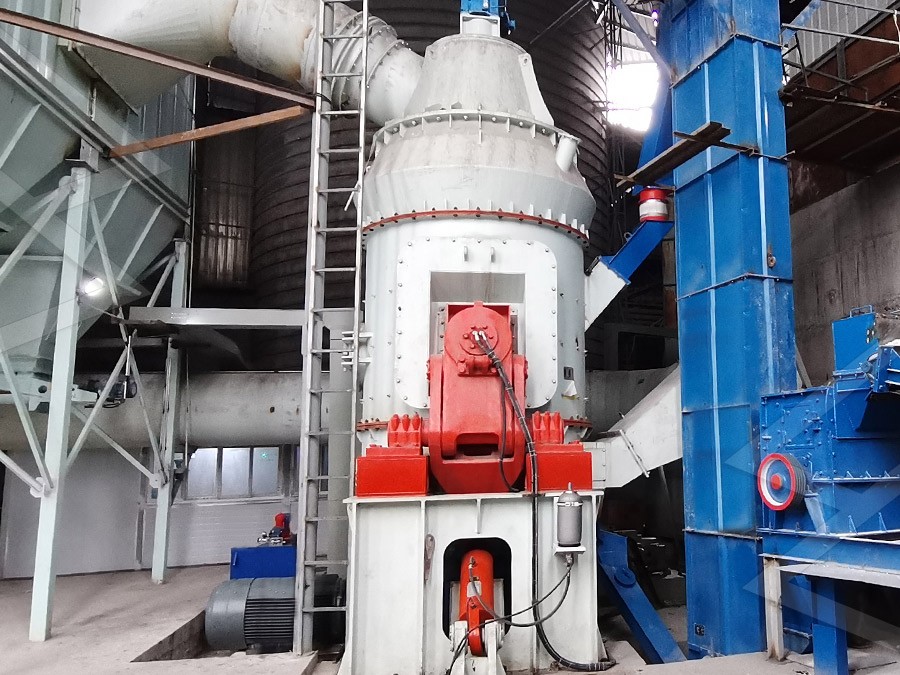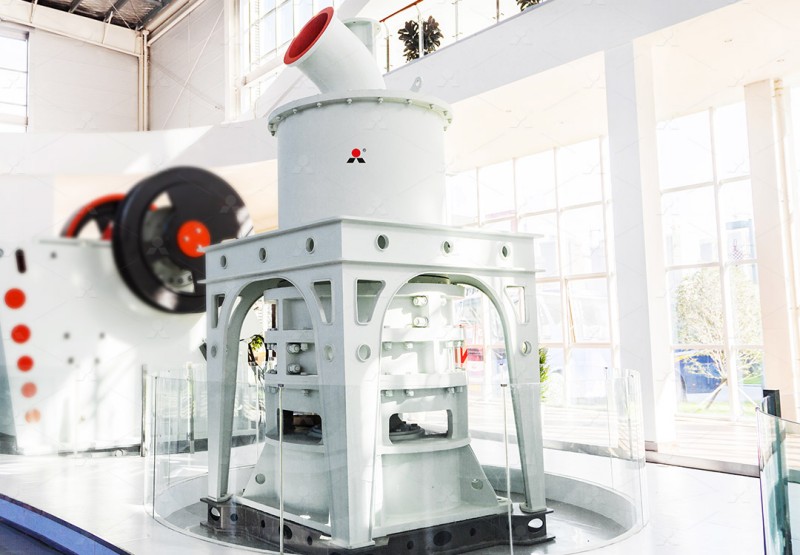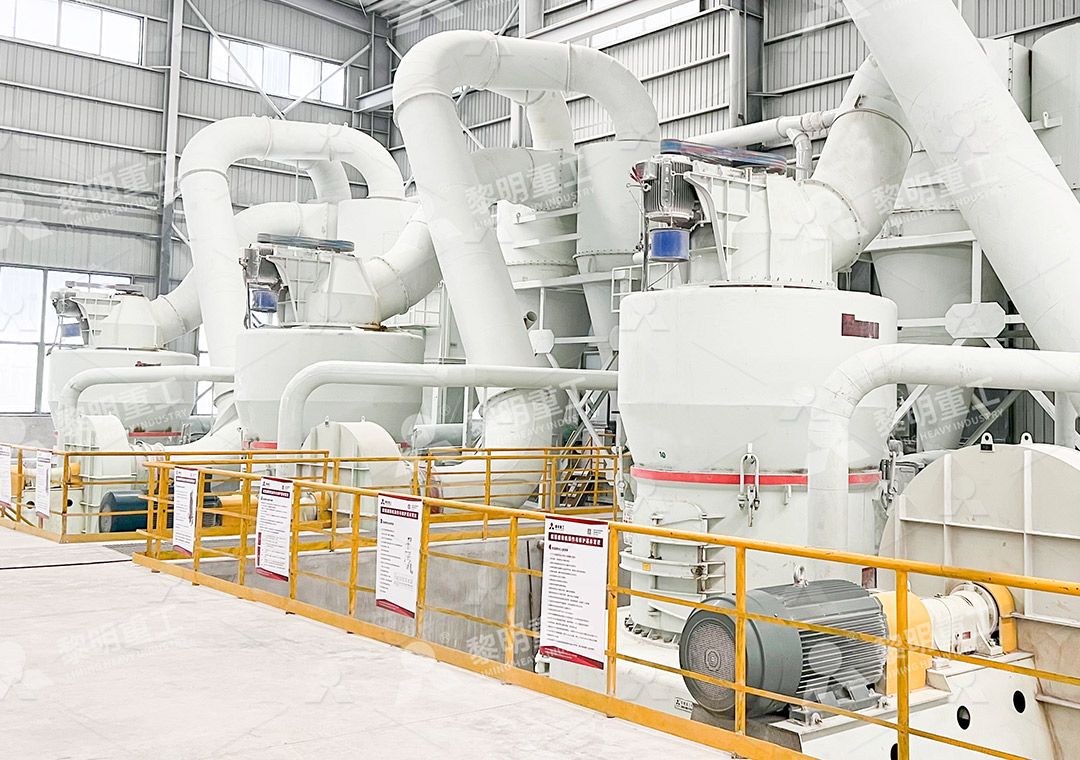3R Raymond Mill for Weathered Coal Grinding
Optimizing Weathered Coal Processing with Advanced Grinding Technology
Weathered coal, characterized by its altered physical and chemical properties due to prolonged exposure to atmospheric conditions, presents unique challenges in mineral processing. The material’s increased moisture content, reduced calorific value, and altered grindability demand specialized milling equipment capable of handling these specific characteristics while maintaining operational efficiency.
The 3R Raymond Mill has emerged as a preferred solution for weathered coal grinding applications, offering robust performance and reliable operation in demanding conditions. This third-generation Raymond mill design incorporates several technological improvements that make it particularly suitable for processing weathered materials.

Technical Advantages for Weathered Coal Processing
When processing weathered coal, the 3R Raymond Mill demonstrates several distinct advantages. The mill’s grinding system features three grinding rollers that apply centrifugal force against the grinding ring, creating the necessary pressure to pulverize the material effectively. This configuration proves particularly beneficial for weathered coal, which often contains varying hardness levels and moisture content.
The mill’s airflow system plays a crucial role in handling weathered coal’s typically higher moisture content. As the ground material is carried by the airflow to the classifier, the simultaneous drying effect helps reduce moisture, improving the overall quality of the final product. The integrated cyclone collector system ensures efficient separation of fine particles while maintaining consistent product quality.
Enhanced Performance Features
Modern 3R Raymond Mills incorporate several features specifically beneficial for weathered coal processing. The improved grinding roller and grinding ring design extends service life significantly, reducing maintenance frequency and operational costs. The centralized lubrication system ensures consistent performance while minimizing manual intervention requirements.
For operations requiring higher capacity or finer finished products, we recommend considering our MW Ultrafine Grinding Mill. This advanced mill system offers input sizes up to 20 mm and capacities ranging from 0.5 to 25 tph, making it suitable for various weathered coal processing requirements. The MW series incorporates efficient pulse dust collection and noise reduction features, ensuring environmentally compliant operation.

Operational Considerations
Successful weathered coal grinding with 3R Raymond Mill requires attention to several operational parameters. The feed size should be maintained below 25 mm to ensure optimal grinding efficiency. Moisture content management is critical, as excessive moisture can affect both grinding efficiency and product quality. Regular inspection of wearing parts, particularly the grinding rollers and rings, helps maintain consistent performance and product fineness.
For operations processing multiple mineral types or requiring greater flexibility, our LUM Ultrafine Vertical Grinding Mill presents an excellent alternative. With input sizes up to 10 mm and capacities from 5 to 18 tph, this vertical mill design offers advanced powder separating technology and energy-efficient operation, achieving 30-50% lower energy consumption compared to conventional mills.
Economic and Environmental Benefits
The 3R Raymond Mill delivers significant economic advantages in weathered coal processing applications. The mill’s relatively simple design translates to lower initial investment costs compared to more complex grinding systems. Operational costs remain competitive due to the mill’s energy efficiency and durable construction.
Environmental compliance is increasingly important in mineral processing operations. The 3R Raymond Mill’s closed-circuit design minimizes dust emissions, while the optional baghouse filter system can achieve emission levels well below regulatory requirements. This makes the technology suitable for operations in environmentally sensitive areas or regions with strict emission controls.

Frequently Asked Questions
What is the maximum feed size for 3R Raymond Mill when processing weathered coal?
The recommended maximum feed size is 25 mm. For larger feed materials, preliminary crushing stage is recommended to optimize grinding efficiency and reduce wear on grinding components.
How does moisture content affect the grinding performance?
Weathered coal typically contains 8-15% moisture. The 3R Raymond Mill can handle materials with moisture content up to 10% without significant performance degradation. For higher moisture levels, pre-drying or the integration of hot air systems may be necessary.
What is the typical energy consumption for weathered coal grinding?
Energy consumption varies based on product fineness and material characteristics, but typically ranges between 25-40 kWh/t for most weathered coal applications. The MW Ultrafine Grinding Mill offers even better energy efficiency, consuming only 30% of the energy used by jet grinding mills for similar applications.
How often do grinding components require replacement?
Service life depends on material abrasiveness and operating conditions. For typical weathered coal applications, grinding rollers and rings typically require replacement after 800-1,200 operating hours. Regular inspection and proper maintenance can extend component life significantly.
Can the mill handle variations in weathered coal quality?
Yes, the 3R Raymond Mill is designed to handle material variations effectively. The spring loading system automatically adjusts to maintain grinding pressure consistency, while the classifier can be adjusted to maintain product fineness despite feed material variations.
